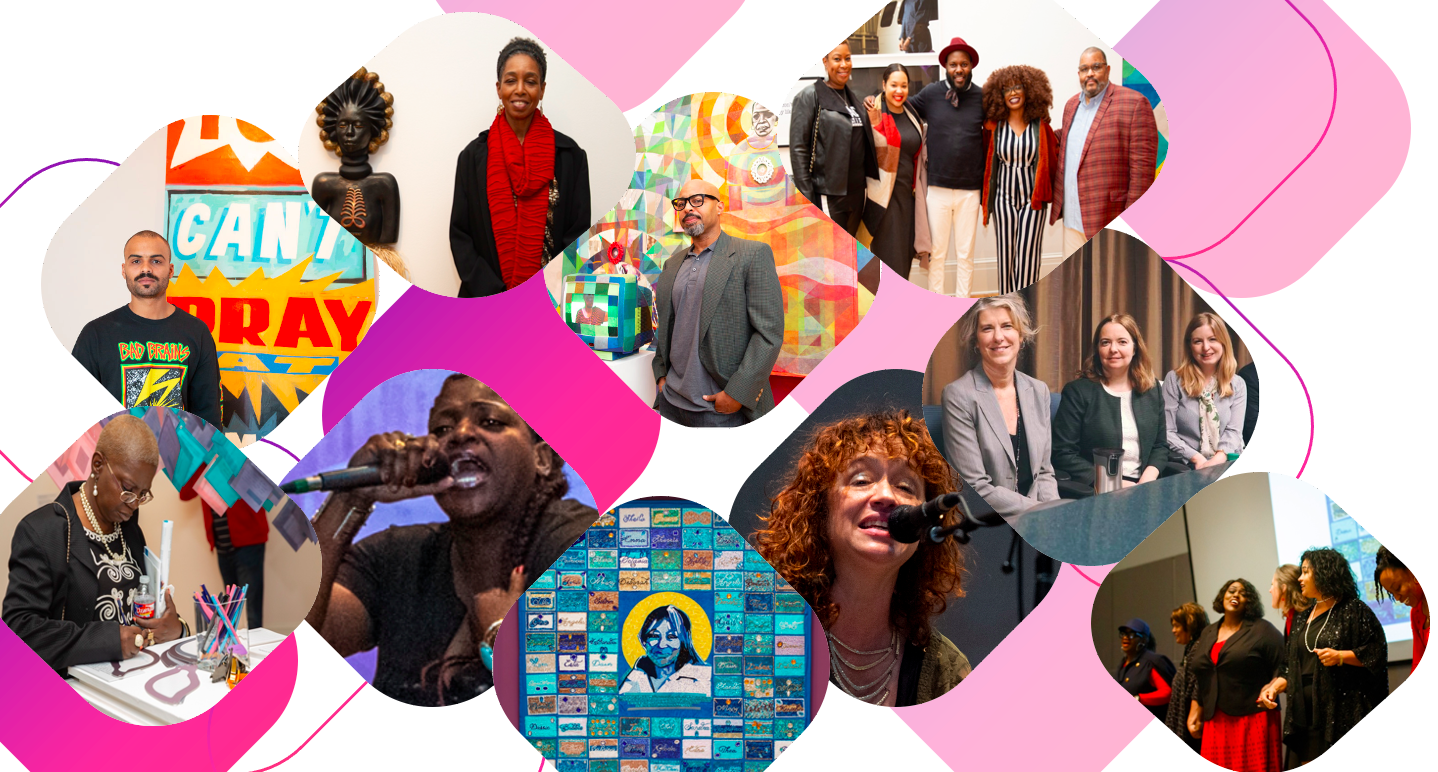The past year and a half of the COVID-19 pandemic has been full of difficult challenges, social isolation, and has demanded (perhaps too much) flexibility and accommodation from us. By September 2021, I thought that I would be able to present in-person for the first time since March 2020, only to find out less than a month before my departure for Lisbon, Portugal, that the Inclusive Museum Research Network’s Annual Conference would be moving online. While I appreciated the organizer’s focus on safety amid the surge of the Delta variant, I was disappointed and more than a little confused – I had already booked a transatlantic flight, hotel, and done all the associated planning and now I was going to just be presenting my talk from my hotel room? Added to that, one week before the conference presentations were due Hurricane Ida hit New Orleans. Fortunately, I had moved back home to Michigan two weeks prior, but my co-presenter, Miriam Taylor, was now evacuated in Mississippi and we were struggling to figure out how to move forward.
In many ways these challenges, and the grace that we had to treat each other with, echoed the work about which we were presenting: the 2019 Newcomb Art Museum exhibition Per(Sister): Incarcerated Women of Louisiana (persister.info). The title of our talk was “Building Public Trust Through Collaboration: A Case Study from New Orleans,” and it centered on the development of community-driven curatorial methods that occurred in the creation of the Per(Sister) exhibition. This was particularly prescient subject matter to present due to the conference (and the research network more broadly)’s theme of interrogating the role of museums and, particularly in light of the pandemic, imagining new ones. My co-presenter Miriam and I received good feedback on the presentation and had stimulating follow-up conversation on the particular communication needs of people who have experienced trauma and how the museum is and is not equipped to fill those needs. We discussed, in particular, the need for museums to have someone whose role or position is to communicate with the community and/or who is trained to recognize and respond to trauma.

The conference moving online at the last minute did of course present challenges – I wasn’t able to network with folks in person and I felt a little lost in Lisbon and isolated from the conference setting. However this challenge also reflected my most significant accomplishment. I had to adapt at the last minute and find new ways to put myself out there and forge connections with scholars and museum professionals. I had the privilege of engaging with dozens of other scholars who are asking the questions: What is the role of the museum in today’s political landscape? How can museums and other arts institutions create social change? It also allowed me to see how these lines of questioning are being pursued internationally, where my previous experience in museum studies had been very local. In Lisbon, I was able to visit multiple museums that spanned a wide array of topics and began to think about the unique challenges of working in art museums as opposed to those that house anthropological or cultural heritage objects.


It also challenged me to think of the larger stakes of my career choice and how I can go about having the biggest impact as a changemaker. The Changemaker Catalyst Award financially enabled me to attend this once-in-a-lifetime gathering and my year of working with the Taylor Center enabled me to bring a new perspective on social innovation and its intersections with current changemaking efforts within museums.

One of the goals of my participation in this conference was to receive feedback on this work before it is published in a forthcoming issue of the Journal of Curatorial Studies. I was working on this article and the conference presentation while working as a graduate assistant for the Taylor Center last year and the experience and exposure to theories of social innovation that the Taylor Center provided me has really opened me up to greater career possibilities. Attending this conference, and seeing the massive range of museum work and the amount of people dedicated to making the world a better place through this field has inspired me to continue learning and growing and perhaps considering what changemaking could look like for me outside of Academia.


